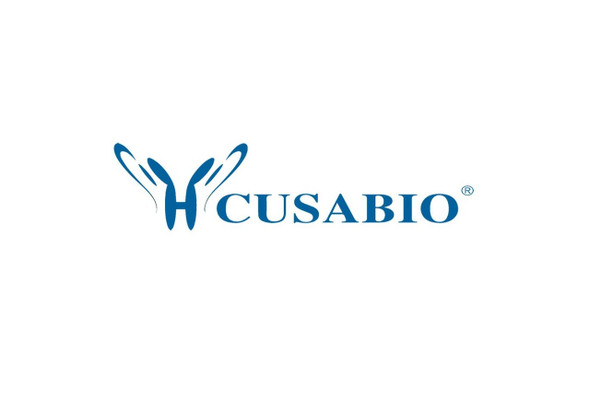Cusabio Porphyromonas gingivalis Recombinants
Recombinant Porphyromonas gingivalis Major fimbrium subunit FimA type-1 (fimA) | CSB-EP464327EXZ
- SKU:
- CSB-EP464327EXZ
- Availability:
- 3 - 7 Working Days
Description
Recombinant Porphyromonas gingivalis Major fimbrium subunit FimA type-1 (fimA) | CSB-EP464327EXZ | Cusabio
Alternative Name(s): Fimbrillin (Fimbrilin) (Major fimbrial subunit protein type I)
Gene Names: fimA
Research Areas: Others
Organism: Porphyromonas gingivalis (strain ATCC 33277 / DSM 20709 / CIP 103683 / JCM 12257 / NCTC 11834 / 2561)
AA Sequence: AFGVGDDESKVAKLTVMVYNGEQQEAIKSAENATKVEDIKCSAGQRTLVVMANTGAMELVGKTLAEVKALTTELTAENQEAAGLIMTAEPKTIVLKAGKNYIGYSGTGEGNHIENDPLKIKRVHARMAFTEIKVQMSAAYDNIYTFVPEKIYGLIAKKQSNLFGATLVNADANYLTGSLTTFNGAYTPANYANVPWLSRNYVAPAADAPQGFYVLENDYSANGGTIHPTILCVYGKLQKNGADLAGADLAAAQAANWVDAEGKTYYPVLVNFNSNNYTYDSNYTPKNKIERNHKYDIKLTITGPGTNNPENPITESAHLNVQCTVAEWVLVGQNATW
Source: E.coli
Tag Info: N-terminal 10xHis-tagged and C-terminal Myc-tagged
Expression Region: 47-383aa
Sequence Info: Full Length of Mature Protein
MW: 43.9 kDa
Purity: Greater than 85% as determined by SDS-PAGE.
Relevance: Structural subunit of the major fimbriae. These long, filamentous pili are attached to the cell surface; they mediate biofilm formation, adhesion onto host cells and onto other bacteria that are part of the oral microbiome. They play an important role in the invasion of periodontal tissues. Fimbriae and their constituents are major virulence factors. FimA proteins from different strains have highly divergent sequences, and this has been used for classification. The sequence-based classification correlates with pathogenicity.
Reference: "Genetic and antigenic analyses of Porphyromonas gingivalis FimA fimbriae." Nagano K., Abiko Y., Yoshida Y., Yoshimura F. Mol. Oral. Microbiol. 28:392-403(2013)
Storage: The shelf life is related to many factors, storage state, buffer ingredients, storage temperature and the stability of the protein itself. Generally, the shelf life of liquid form is 6 months at -20?/-80?. The shelf life of lyophilized form is 12 months at -20?/-80?.
Notes: Repeated freezing and thawing is not recommended. Store working aliquots at 4? for up to one week.
Function:
Involvement in disease:
Subcellular Location:
Protein Families:
Tissue Specificity:
Paythway:
Form: Liquid or Lyophilized powder
Buffer: If the delivery form is liquid, the default storage buffer is Tris/PBS-based buffer, 5%-50% glycerol. If the delivery form is lyophilized powder, the buffer before lyophilization is Tris/PBS-based buffer, 6% Trehalose, pH 8.0.
Reconstitution: We recommend that this vial be briefly centrifuged prior to opening to bring the contents to the bottom. Please reconstitute protein in deionized sterile water to a concentration of 0.1-1.0 mg/mL.We recommend to add 5-50% of glycerol (final concentration) and aliquot for long-term storage at -20?/-80?. Our default final concentration of glycerol is 50%. Customers could use it as reference.
Uniprot ID: B2RH54
HGNC Database Link: N/A
UniGene Database Link: N/A
KEGG Database Link: N/A
STRING Database Link: N/A
OMIM Database Link: N/A






